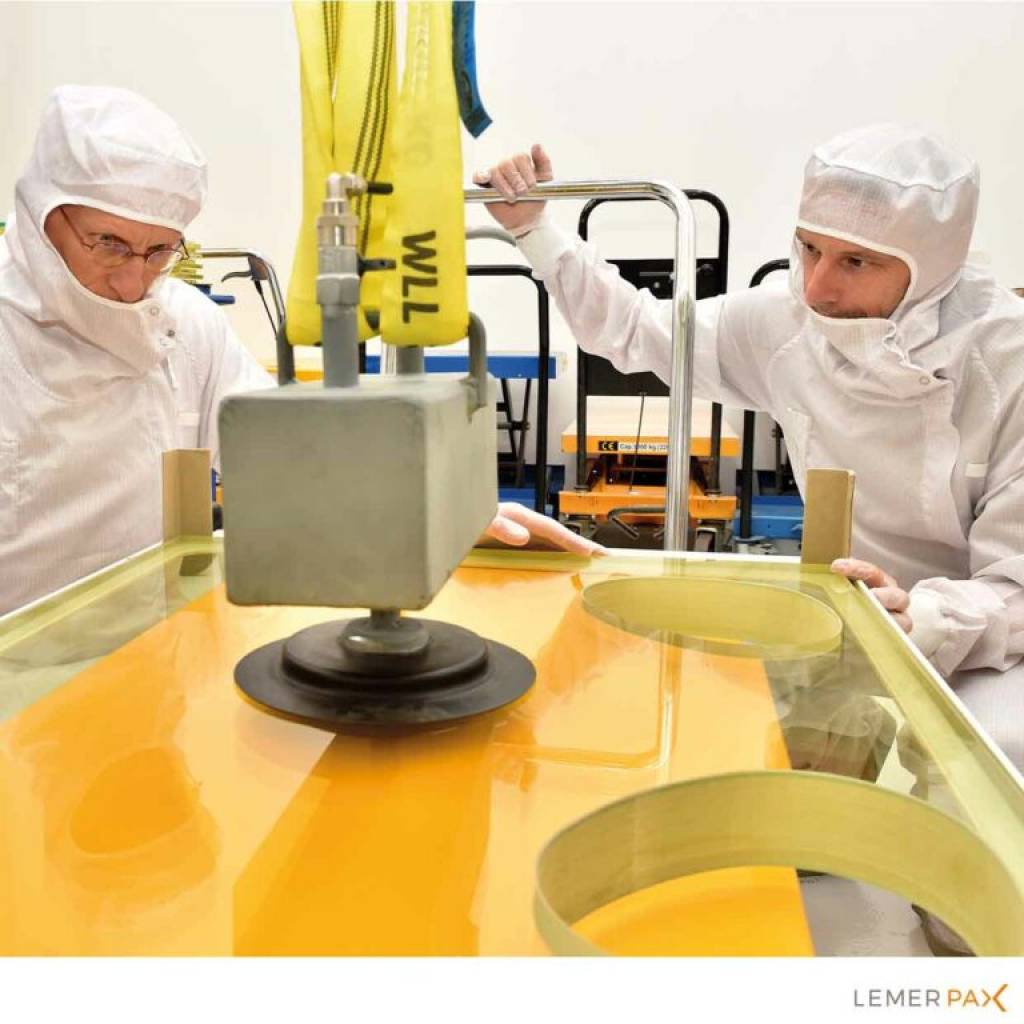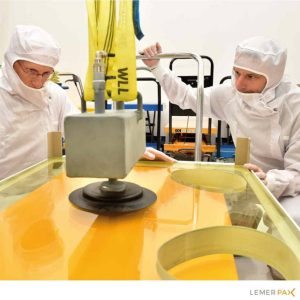Understanding Radiation Glass and Its Importance
In hospitals and laboratories, safety is a critical concern, particularly when dealing with radiation exposure. Protecting medical staff, patients, and researchers from harmful ionizing radiation is essential for maintaining a safe environment. One of the most effective solutions for radiation protection is radiation glass, a specialized material designed to shield against X-rays and gamma rays while providing visibility. This unique glass plays a crucial role in medical imaging rooms, research facilities, and nuclear laboratories.
Radiation glass is designed with high levels of lead content, which significantly reduces the penetration of radiation. Unlike traditional glass, which offers no protection against these harmful rays, radiation glass ensures that professionals working with radiological equipment remain safe. Its transparency allows for continuous monitoring of procedures without compromising security, making it indispensable in environments where radiation exposure is a concern.
How Radiation Glass Enhances Safety in Medical Settings
Hospitals, particularly those with radiology departments, nuclear medicine sections, and radiation therapy units, require high-quality shielding solutions to safeguard both staff and patients. Radiation glass is integrated into various structures such as protective windows in X-ray rooms, control panels in radiotherapy suites, and observation panels in fluoroscopy rooms. Its presence in these areas significantly enhances overall safety through several key benefits:
- Radiation Protection: The high lead content in radiation glass effectively blocks harmful radiation, reducing exposure risks to medical professionals and patients.
- Clear Visibility: Unlike alternative shielding materials such as lead curtains, radiation glass provides a clear view, allowing medical staff to monitor patients and procedures without interruption.
- Durability and Stability: Designed for long-term performance, radiation glass retains its integrity over time, ensuring lasting protection and reliability.
- Ease of Integration: Hospitals can seamlessly incorporate radiation shielding glass into doors, windows, and partitions, ensuring optimal safety without compromising the design and functionality of medical spaces.
By using radiation glass in these environments, hospitals minimize radiation risks while maintaining visual access to critical procedures. This makes it possible for technicians and radiologists to operate imaging devices safely, improving overall healthcare quality.
Radiation Safety in Laboratories
Beyond hospitals and clinical settings, research laboratories also require radiation shielding to protect staff working with radioactive materials and high-energy equipment. Scientific laboratories focusing on nuclear medicine, biotechnology, and particle physics frequently handle radiation-emitting substances, making shielding an essential safety measure. Here’s how radiation glass plays an integral role in laboratory safety:
- Shielding Researchers from Radiation Exposure: Many laboratories work with high-intensity radiation sources that, if not properly contained, pose significant health risks. Radiation glass panels ensure that personnel remain safeguarded while allowing full visibility of ongoing experiments.
- Enhancing Experiment Accuracy: Because radiation glass is optically clear, researchers can closely observe reactions and procedures without interference from protective barriers, ensuring accurate data collection.
- Flexible Applications: Laboratories can install radiation glass in observation windows, glove boxes, and sealed containment units where radiation shielding is required.
- Compliance with Safety Regulations: Research institutions must adhere to strict radiation safety standards, and the use of high-quality shielding materials like radiation glass ensures compliance with national and international regulations.
By implementing radiation glass within laboratory environments, researchers benefit from increased protection and efficiency, allowing them to conduct experiments and handle radioactive substances with greater confidence.
Choosing the Right Radiation Glass for Your Needs
Selecting the appropriate radiation shielding glass depends on several factors, including the type of radiation involved, the required level of protection, and the specific application. Different thickness levels and lead equivalencies are available to match varying shielding requirements.
When choosing radiation glass, considering the following factors will ensure optimal safety:
- Lead Content and Thickness: Higher lead concentrations provide greater radiation attenuation, but the thickness should be chosen based on the intensity of radiation exposure.
- Customization Options: Some suppliers offer tailored solutions to fit specific dimensions and installation needs, ensuring that the glass integrates seamlessly with existing structures.
- Optical Clarity: High-quality radiation glass should offer excellent visibility, allowing for observation without distortion or obstruction.
- Durability and Longevity: Investing in premium radiation shielding glass ensures long-term protection and minimizes the need for frequent replacements.
For those seeking reliable radiation shielding solutions, radiation shielding glass offers a superior combination of safety, transparency, and versatility. This type of glass is widely used across medical, industrial, and research settings, providing an effective barrier against harmful radiation exposure.
Installation and Maintenance Best Practices
Proper installation and maintenance of radiation glass are essential to ensure long-lasting protection and performance. Here are some best practices for healthcare and laboratory settings:
- Professional Installation: Radiation glass should be installed by trained professionals to ensure that it provides the intended level of shielding without any gaps or weaknesses.
- Regular Inspections: Over time, glass may develop wear or damage that could reduce its shielding efficiency. Routine inspections help identify and address any issues early.
- Proper Cleaning Techniques: Cleaning radiation glass with non-abrasive materials preserves its optical clarity and prevents surface degradation.
- Environmental Considerations: Avoid exposing the glass to extreme temperature fluctuations, which can cause stress fractures or reduce its effectiveness.
By adhering to these maintenance guidelines, hospitals and laboratories can maximize the protective capabilities of radiation glass while ensuring long-term safety for all personnel.
Final Thoughts on Radiation Glass for Safety
The use of radiation glass in hospitals and laboratories offers a combination of safety and visibility that is essential for working with ionizing radiation. Whether in X-ray rooms, nuclear medicine facilities, or research laboratories, this specialized glass provides a crucial barrier against harmful radiation exposure while allowing professionals to carry out their work unimpeded. With advancements in radiation shielding technology, modern glass solutions offer superior protection, making them indispensable in environments where radiation safety is paramount.
By investing in high-quality radiation glass, institutions can ensure compliance with health and safety standards while providing a secure working environment for healthcare professionals, researchers, and support staff. As a result, radiation glass remains a fundamental component of radiation protection, contributing to safer medical procedures and scientific experimentation across various industries.






More Stories